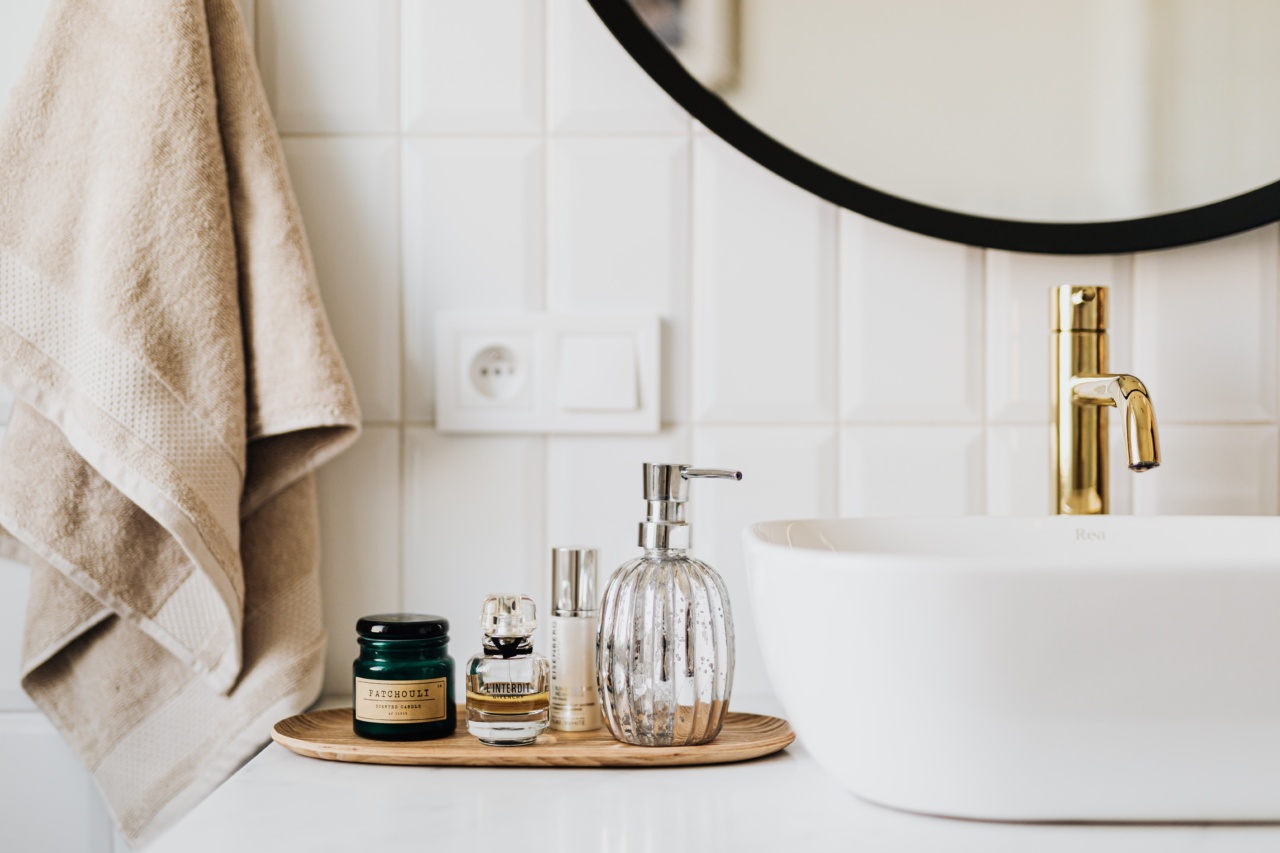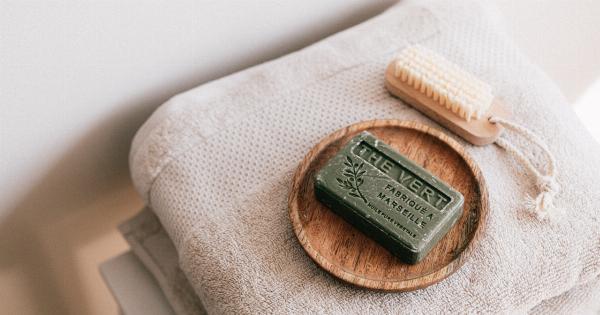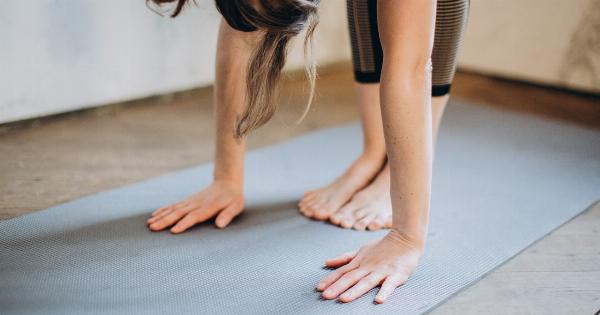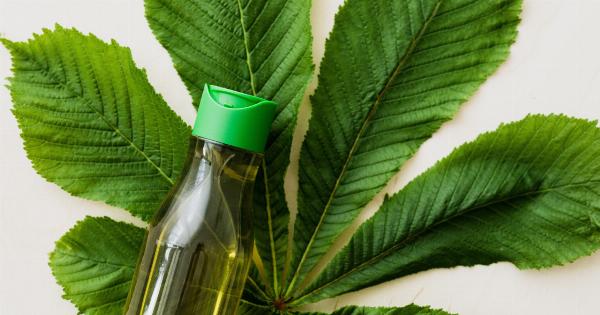Bathrooms are meant to be clean and hygienic spaces, but it’s surprising how easily they can become a breeding ground for germs. You might not realize it, but your towel could be one of the culprits.
Towels are often overlooked when it comes to cleaning and hygiene practices, but they can harbor a plethora of bacteria and other microorganisms that can pose a threat to your health. In this article, we will explore how your towel might be making your bathroom a germ breeding ground and discuss steps you can take to maintain a clean and healthy environment.
1. Damp Towels Create an Ideal Environment for Bacteria
Towels are frequently exposed to moisture from daily use. After taking a shower or washing your hands, you may hang your towel to dry, but some moisture remains trapped in its fibers. This dampness creates an ideal environment for bacteria to thrive.
Bacteria thrive in humid conditions, and if not properly dried, towels can quickly become a breeding ground for harmful microbes.
2. The Role of Skin Cells and Oil
When you use a towel, it comes into direct contact with your skin. Even after you shower, some dead skin cells and natural oils remain on your body. These can transfer to the towel, providing a food source for bacteria.
The combination of moisture and organic matter creates the perfect conditions for bacterial growth.
3. Cross-Contamination from Shared Towels
If you share towels with family members or roommates, your risk of exposure to bacteria and other pathogens increases. Every time a towel is used, it picks up bacteria from the previous user’s skin and transfers it to the next person.
This cycle of cross-contamination can lead to the spread of germs within your household.
4. Towels in Close Proximity to Toilets
In most bathrooms, towels are typically hung either on hooks or towel bars, often in close proximity to the toilet. When you flush the toilet, tiny droplets of water containing fecal matter and bacteria are released into the air.
These droplets can settle on nearby surfaces, including towels. As a result, your towel may become contaminated with potentially harmful bacteria.
5. Inadequate Washing and Drying Practices
Many people do not wash their towels frequently enough, contributing to the buildup of bacteria. Even if a towel appears clean, it can still harbor unseen pathogens. Additionally, not properly drying towels between uses allows bacteria to multiply.
If towels are folded and stored while still damp, they may remain moist for an extended period, providing an inviting environment for bacterial proliferation.
6. How to Maintain a Germ-Free Towel
To prevent your towel from becoming a germ breeding ground, here are some essential tips to follow:.
7. Wash Your Towel Frequently
Regularly washing your towel is crucial for maintaining its cleanliness. Towels should ideally be washed after every three to four uses. Use hot water and a quality detergent to ensure proper sanitization.
8. Allow Your Towel to Dry Completely
After each use, allow your towel to fully dry before using it again. Hang it in a well-ventilated area or use a towel rack that allows for proper airflow. Your towel should be completely dry within a few hours.
9. Avoid Sharing Towels
To minimize the risk of cross-contamination, it’s best for each individual in your household to have their own towel. Encourage family members or roommates to use their designated towel and emphasize the importance of personal hygiene.
10. Replace Your Towel Regularly
Towels have a limited lifespan and can become less effective at drying your body over time. It is recommended to replace towels every six to twelve months, or when they appear worn or damaged.
Proper maintenance and periodic replacement of towels will help ensure a cleaner and healthier bathroom environment.
Conclusion
Your towel might be an unsuspecting breeding ground for germs within your bathroom. The combination of moisture, skin cells, and inadequate washing and drying practices can create an environment ripe for bacterial growth.
By following the proper hygiene and maintenance steps outlined in this article, you can significantly reduce the risk of bacterial contamination and maintain a clean and healthy bathroom.






























